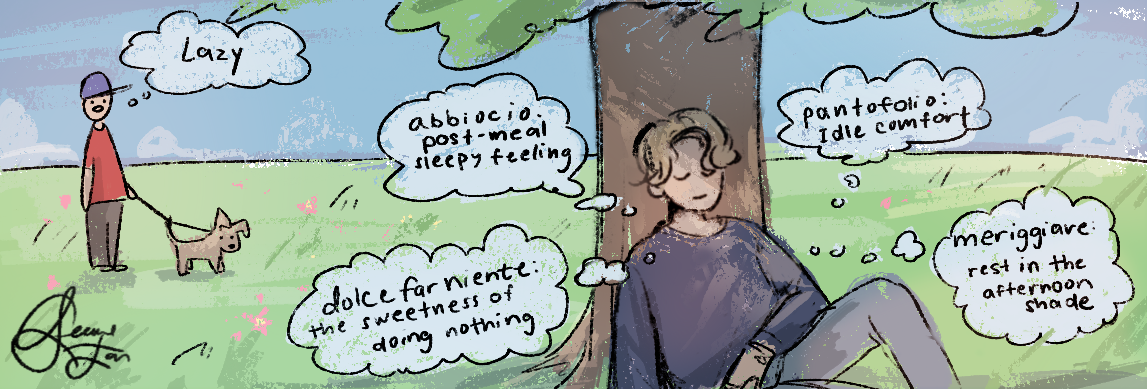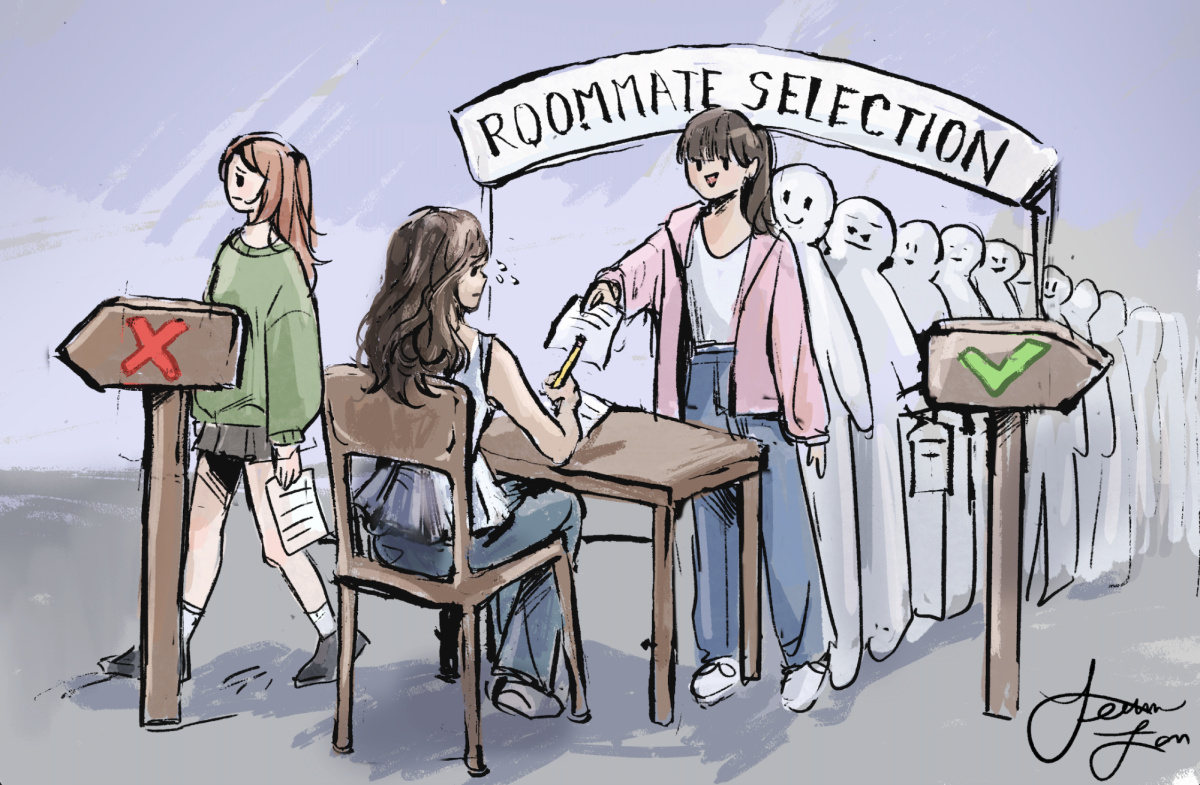If selling on Depop has taught me anything, it’s that my guilty conscience would prevent me from ever being successful in the world of marketing.
Depop is a common website where people can list, sell, and buy used clothing or accessory items. As a former Depop seller, let me tell you, the world of money-hungry teenagers is not a friendly one.
After seeing many people my age selling clothes on websites like these, I thought it could be a helpful way to get rid of some of my old pieces in return for ones more my style. So, I began my journey on Depop in April of last year and after multiple months of greed-induced selling, I have come to the realization that I will never, ever, go back.
Depop initially caught my eye with its outward social media presence so I decided to give it a try.
After taking photos of 30 pieces of clothing I wanted to sell, writing descriptions for each, and pricing them depending on how worn the pieces were, I sold exactly nothing. Zero, nada, nothing. Since being up on my profile for a little over three weeks, not a single piece of mine was even “added to cart”.
This had me taken aback at first but after looking at what other people were doing, I noticed that the art of the sale lied in the description. Not the quality of the item, nor the general appeal, but rather how the sellers chose to market their item.
By labeling clothing as “grunge,” “Y2K,” and all of the “-cores” you can think of, items are able to gain popularity due to their aesthetic influence in the world of social media. So, I employed this tactic myself shortly after my failed attempts and unbeknownst to me, the use of hashtags and attractive labels actually did allow me to sell more.
Once I had this run down, slightly ripped, black lace tank top that would have been usually — in my mind –- made for the garbage. However, with my newfound knowledge of the world of Depop I described it as follows: “stunning Y2K grunge tank top, 90s style.”
I know, sounds pretty extravagant. Even I feel stupid re-writing it. But it works.
Teenagers are vulnerable to falling for this because, let’s face it, teenagers are lazy. We aren’t going to research whether or not the Harley Davidson graphic t-shirt that we are looking to buy is truly “a rare vintage find” from the 2000s.
When I was able to market my items as these aesthetics, my products were being bought almost immediately, I was making a significant profit, and I was cleaning out my closet simultaneously.
However, I couldn’t shake the sense of guilt I was feeling. It felt as if I was manipulating these people out of their money. Taking a raggedy piece of clothing, maybe altering it enough, and describing it as something it’s not and then selling it for twice as much as I paid for it hardly seems fair.
With that logic, the homemade cut-off mini-skirt that is the width of a belt, purchased two years ago from Hollister, could, hypothetically, go for $40.
However, the money was enough to stave my suspicions until I discovered the epidemic that is thrift resellers. Although I did not participate in reselling thrifted items, they are just as equally as bad.
These people thrift at places such as Goodwill and Salvation Army in search of quality items that can be sold at a higher price than what they bought it for. However, in doing this, these people are contributing to the gentrification of thrift stores; the generally middle- and upper-class sellers are inadvertently raising the prices of thrifted goods, affecting low-income communities. People who might already struggle with finding affordable clothing are left with fewer reasonably priced options.
Now, other than the fact that an overwhelming number of Depop sellers are literally taking for the poor, it doesn’t seem that it affects the app itself.
However, thrift resellers are perpetuating a toxic culture of using low quality items and making them into something they are not, that directly affects the listings on Depop.
I couldn’t stand the fact that I was associated with sellers that resell thrifted items so, despite my increased revenue, I couldn’t shake the sense of guilt surrounding the strategies that I was using. After reflecting, it seemed like this idea of manipulation was second nature to others on Depop.
Using people for their money was a dirty move. But then I realized: people don’t care! This manipulation I was feeling and seeing around me was called marketing. Whose to stop someone from calling their clothes whatever they want, pricing it however they want, and buying it from wherever they want?
We live in a capitalist society where the worth of an item is determined by the amount that someone is willing to pay for it. So in theory, what I view as manipulative and slimy, is precisely how the world of sales works.
With this experience, I can respect the hustle, and maybe it’s just me who doesn’t find joy or accomplishment with salesmanship 101, but if I know one thing for sure, Depop doesn’t have to worry about me any longer.




